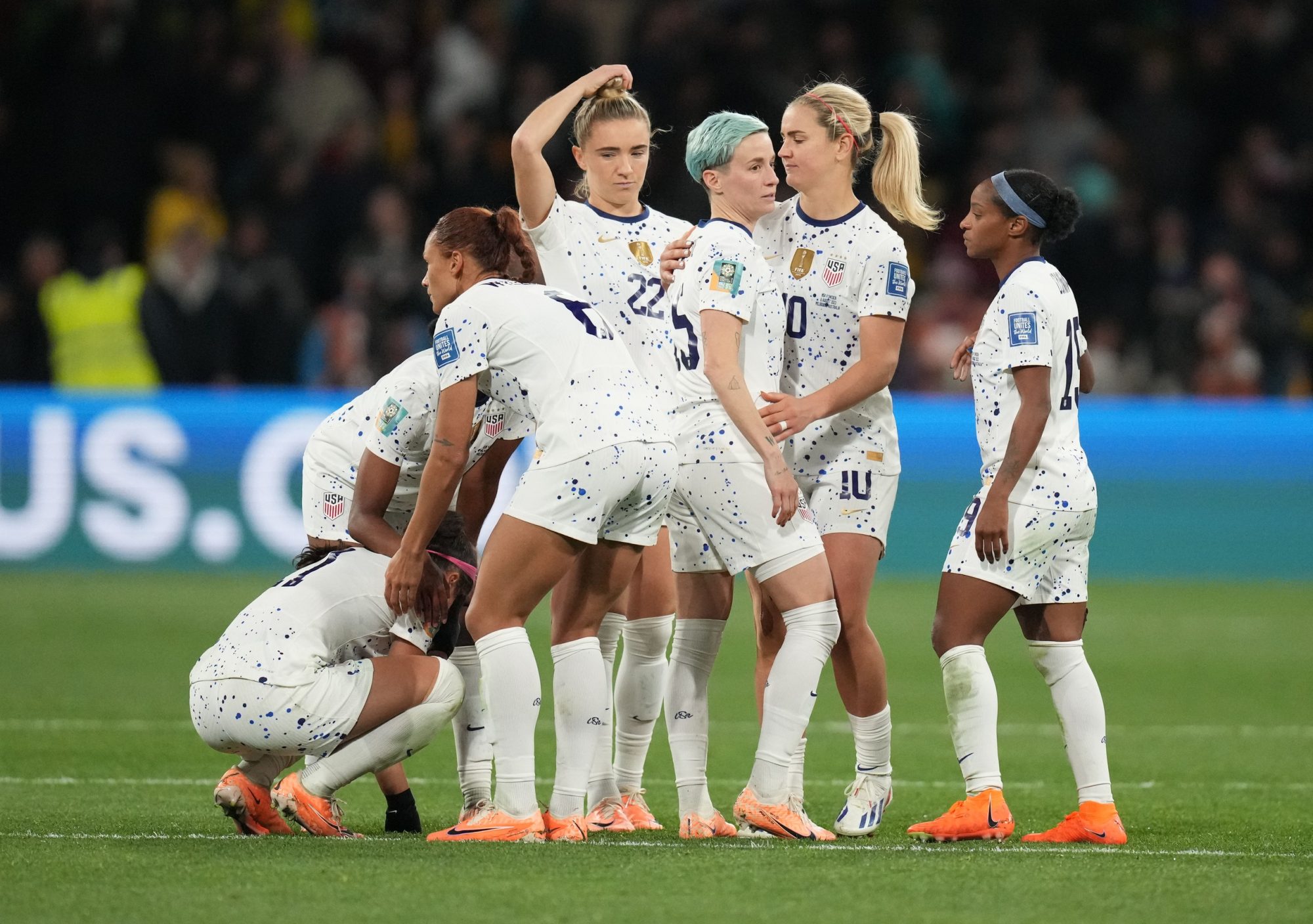While the USWNT’s exit from the Women’s World Cup was certainly dramatic, it leaves a bevy of questions around the team and tournament broadcast partners.
Meanwhile, the new college football landscape is starting to take shape, Messi continues to dominate off the field, and the regional sports network space is facing a crucial deadline.
— David Rumsey
|
|
|
|

|
Jenna Watson-USA TODAY Sports
|
|
The USWNT suffered their earliest exit ever from the Women’s World Cup after being eliminated by Sweden on Sunday.
New VAR technology at this year’s tournament was needed to confirm the Swedes’ game-winning penalty kick that ended the shootout after 120 scoreless minutes of play and sealed their ticket to the quarterfinals.
After a disappointing group stage that brought two draws and one win, the USWNT — pre-tournament favorites to hoist a third-straight World Cup — are headed home with plenty of questions surrounding the star-studded team.
USWNT coach Vlatko Andonovski’s contract is expiring at the end of this year, and has paid him 73% less than the men’s national team coach Gregg Berhalter. Andonovski has a base salary of around $400,000 and Berhalter’s is $1.3 million.
While USWNT matches averaged their best viewership numbers ever for a Women’s World Cup during the group stage, the overall tournament audience was actually down 37% from the 2019 World Cup, with the vast majority of matches in Australia and New Zealand taking place in less-than-ideal viewing hours for Americans.
Fox was already facing the prospect of hoping fans would tune into remaining USWNT games in the early morning hours on match days — and now has no home country to showcase for viewers in the States.
USWNT players made up 11 of the 15 highest-paid women at this World Cup, and each team member will take home $60,000 each for reaching the Round of 16. Another World Cup victory would have netted $270,000 per player.
|
|
|
|
|
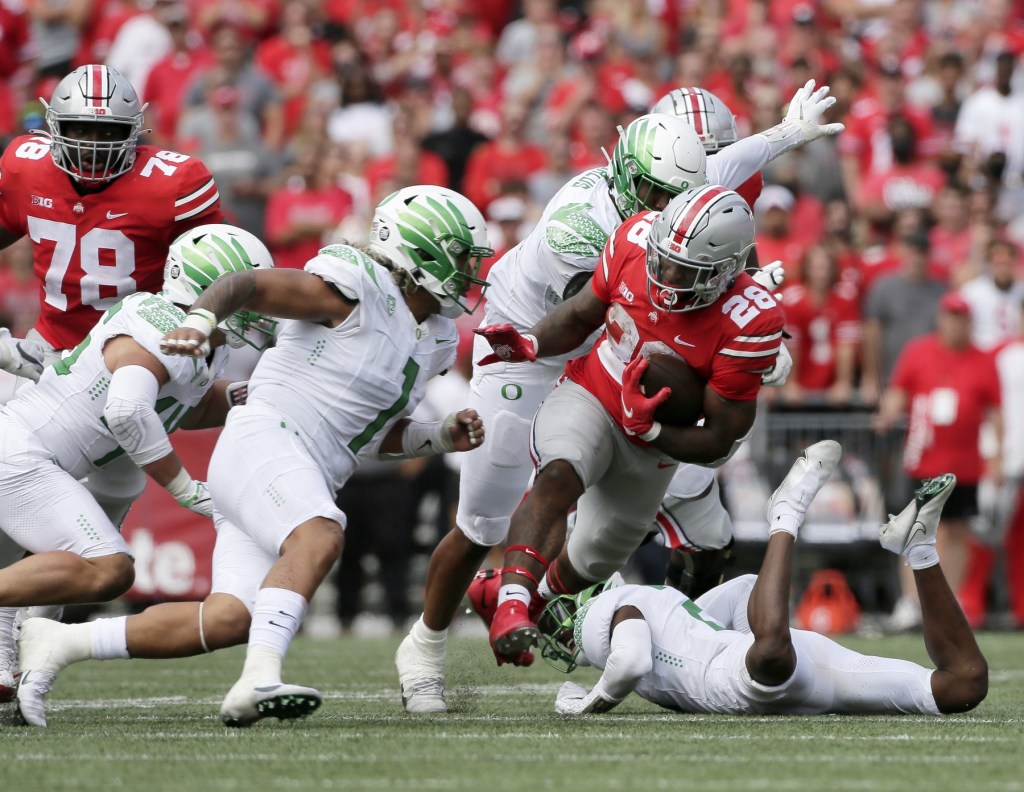
|
Syndication: The Columbus Dispatch
|
|
The latest bombshell moves in conference realignment have been finalized after a summer of uncertainty and questions about the future landscape of college sports.
After an eventful Friday that saw five more Pac-12 schools announce decisions to join a new conference, there is finally clarity. Ahead of the 2024-25 academic year, three conferences will be adding a total of 10 new universities:
- Big Ten: Oregon, UCLA, USC, Washington
- Big 12: Arizona, Arizona State, Colorado, Utah
- SEC: Oklahoma, Texas
The extended shakeup was made official on Friday after current Pac-12 schools rejected a media rights deal from Apple that would have paid each school $23 million annually at the start of the five-year contract.
Washington and Oregon will reportedly receive at least $30 million annually when they join the Big Ten — far less than the conference’s full media share that could reach $70 million. A source told Front Office Sports that Fox is covering that extra payment for the Ducks and Huskies.
Reactions and Fallout
Washington president Ana Mari Cauce cited “stability” as a major factor in deciding to join the Big Ten. “This was about national visibility for our players,” she said. “Being on linear TV so they can be seen, so they could have the national exposure.”
Oregon State athletic director Scott Barnes said he was “furious” about the five schools leaving the Pac-12. “I’ve never seen so many last-minute decisions and twists and turns as I’ve seen through this process,” he said. “Conference realignment just doesn’t make sense anymore.”
Now, Cal, Oregon State, Stanford, and Washington State are left without a viable conference after this coming season. The four schools could look to entice programs from other conferences to join them, explore moves of their own (the Mountain West, perhaps), or even broach going independent.
For now, the ACC is the only conference not adding or losing members in 2024, currently set at 14 full-time schools.
|
|
|
|
|
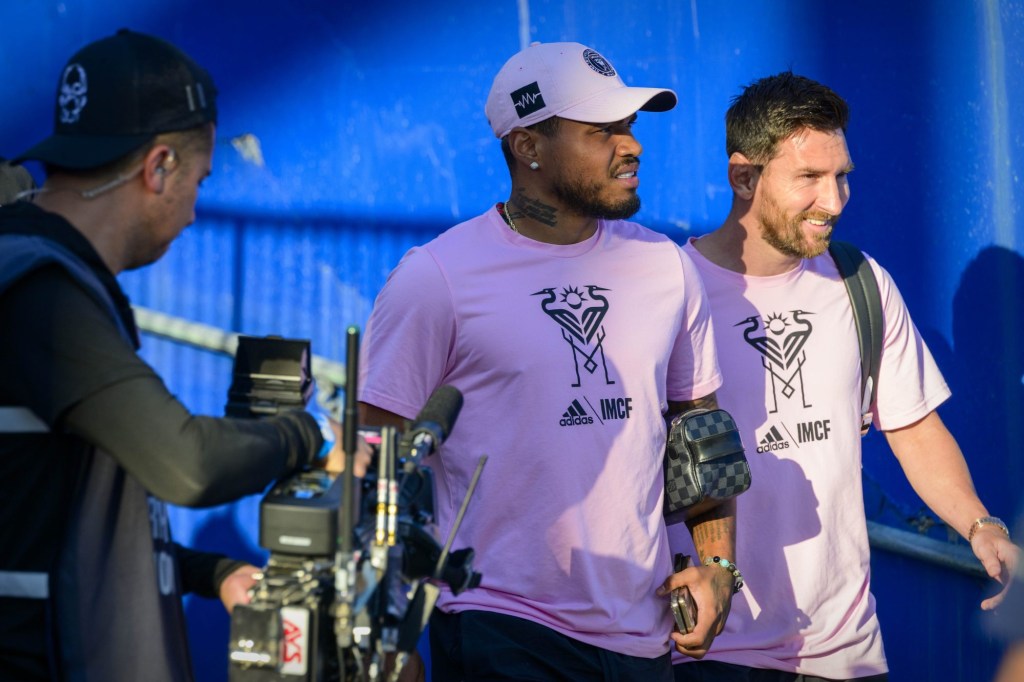
|
Jerome Miron-USA TODAY Sports
|
|
Lionel Messi’s move to MLS continues to pay off for the league — and especially his club — both on and off the pitch.
Sunday’s Inter Miami-Dallas FC Leagues Cup match sold out in just 10 minutes after initially going on sale last week. The secondary market saw tickets to the match at the 20,000-seat Toyota Stadium being sold for as high as $20,000 — just the latest sign of Messi-mania in the U.S.
Soccer’s power brokers want more and more of Messi, too. Ares Management has acquired another significant equity stake in Inter Miami — this time for $75 million — bringing the self-proclaimed alternative-investment manager’s total money spent with the MLS club to $225 million.
Earlier this year, prior to Messi’s joining, Inter Miami was valued at $600 million by Forbes, ranking No. 11 in MLS. While specific details haven’t been released, it can be assumed its value has risen since then and is certainly higher than in 2021, when Ares made its initial $150 million investment.
Inter Miami managing owner Jorge Mas has said that the club’s revenues are expected to double over the next year.
Getting In On The Action
When Fanatics first made Messi’s Inter Miami available to buy, it became the highest-selling jersey in its first 24 hours of all-time.
Meanwhile, Apple TV hasn’t released viewership figures for any MLS matches this season — including Messi’s games with Inter Miami — but the tech giant was so enthused by the arrival of the Argentinian icon joining that it reportedly agreed to share revenue from new subscriptions to MLS Season Pass with him.
|
|
|
|
|
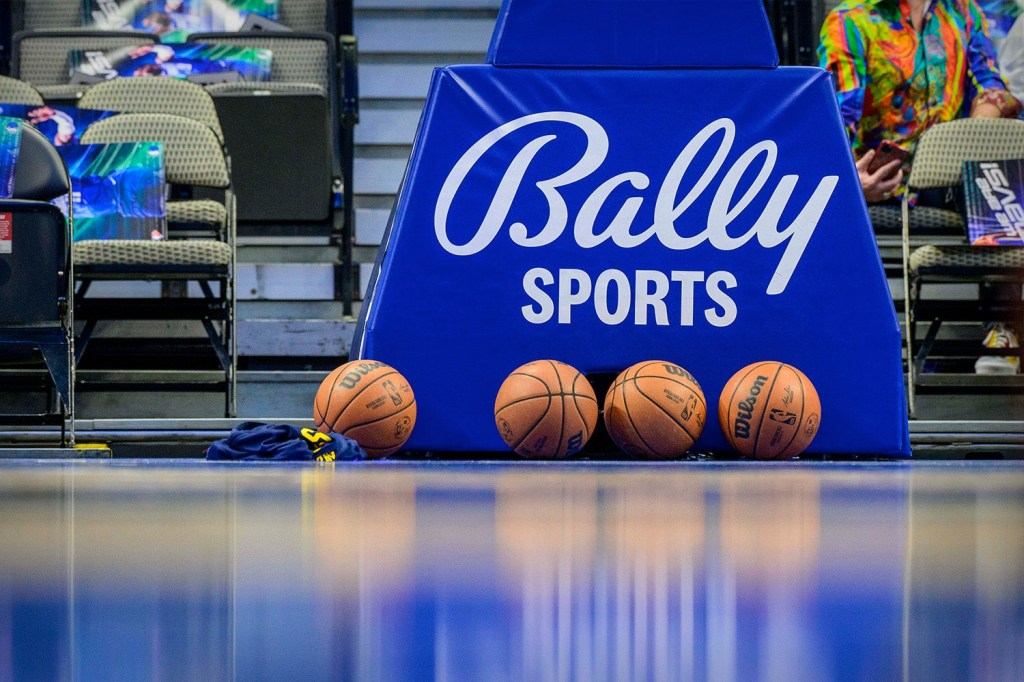
|
Jerome Miron-USA TODAY Sports
|
|
Already bankrupt and attempting to reorganize amid a splintering media landscape, Diamond Sports Group now faces a set of fast-approaching deadlines heavily impacting its ability to survive.
The Bally Sports parent is looking to complete its Chapter 11 reorganization plan by Nov. 9, with renewed and expanded carriage deals with key distributors. But DirecTV told a U.S. bankruptcy court that DSG “should not assume” the carrier — critical to DSG’s viability — will renew its agreement, and that talks have “barely begun” to account for the recent loss of the Phoenix Suns and Arizona Diamondbacks from Bally Sports Arizona.
“Even agreements on preliminary matters related to such renewal discussions … have thus far not been reachable,” DirecTV said.
A group of lenders to DSG similarly told the court they want to see distribution agreements completed sooner than later. A separate distribution deal between Comcast and DSG expires this fall, followed by another with Spectrum this winter.
“With the NBA and NHL seasons beginning in the fall and distribution agreements representing a substantial majority of the debtors’ revenue coming up for renewal before the end of February 2024, timing is critical,” the lender group said.
Sinclair Backs Off
Sinclair Inc., which lost $89 million in its first full quarter since the DSG bankruptcy filing in March, has had little to say on the matter after DSG last month sued its parent company and JP Morgan Chase, alleging financial misconduct and fraudulent transfers of assets amounting to about $1.5 billion.
But Sinclair did tout its local broadcast deal with the Utah Jazz, which left Warner Bros. Discovery’s AT&T SportsNet for Sinclair’s KJZZ.
“What was old is new again, and the return of local sports teams to broadcasting builds our value [with distributors],” said Sinclair CEO Chris Ripley.
|
|
|
|
- Check out Nike’s ad in honor of Diana Taurasi, who became the first WNBA player in history to score 10,000 points.
- Sauce Gardner was the highest NFL Draft pick in Cincinnati history, signing a $33.5M contract. After his rookie season with the Jets, Gardner resumed classes at UC to finish his degree — and on Friday, he became a college graduate.
- Nike is planning to launch its own network of boutique fitness studios offering live training and running classes for $99 a month. The first two locations are set to open in Los Angeles later this year.
|
|
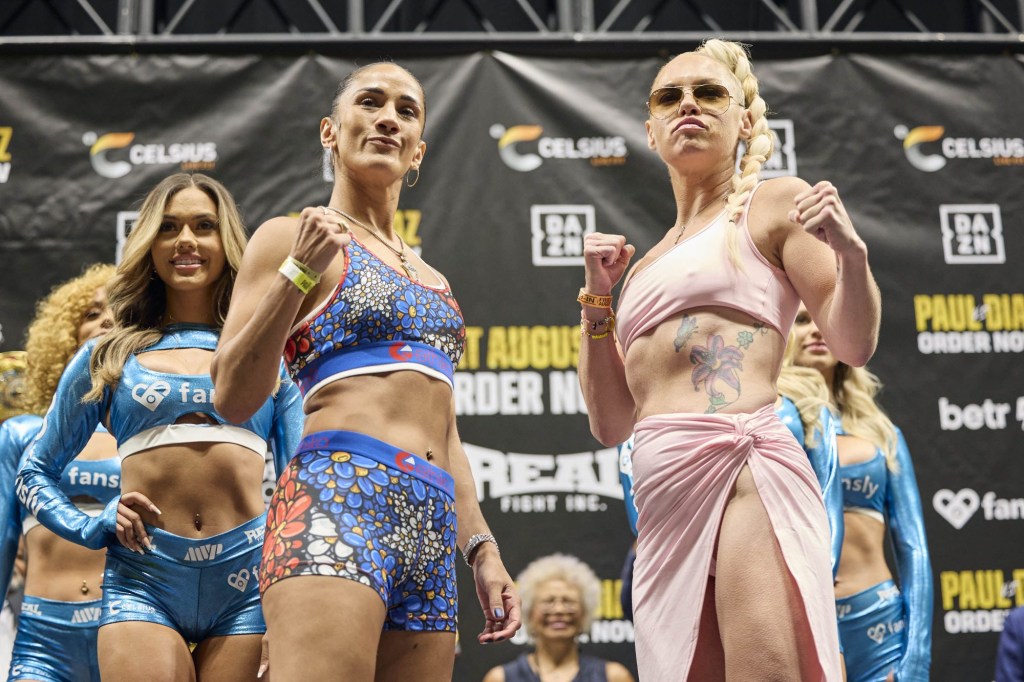 |
Paul, MVP have been crucial in earning women six or seven figures. |
|
|
Would you consider using a personal trainer?
|
|
Friday’s Answer
32% of respondents are in-market to purchase or lease a vehicle in the next 12 months.
|
|
|
